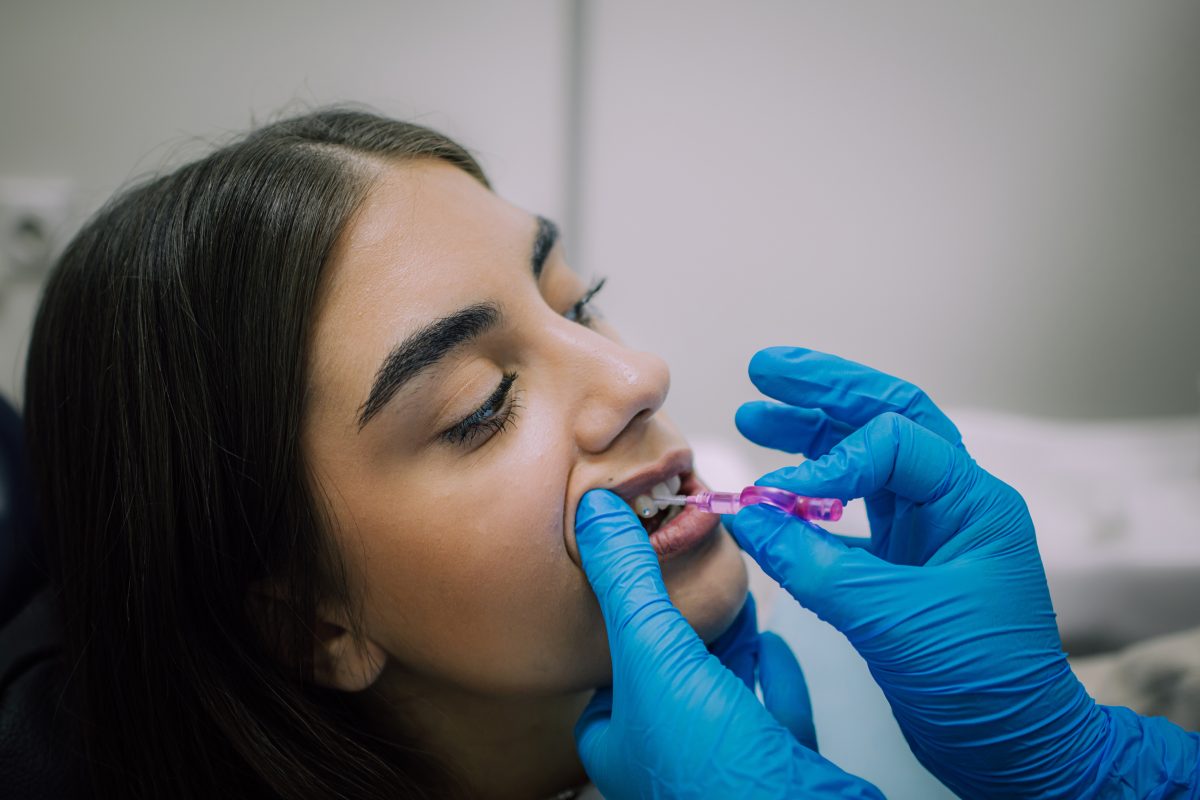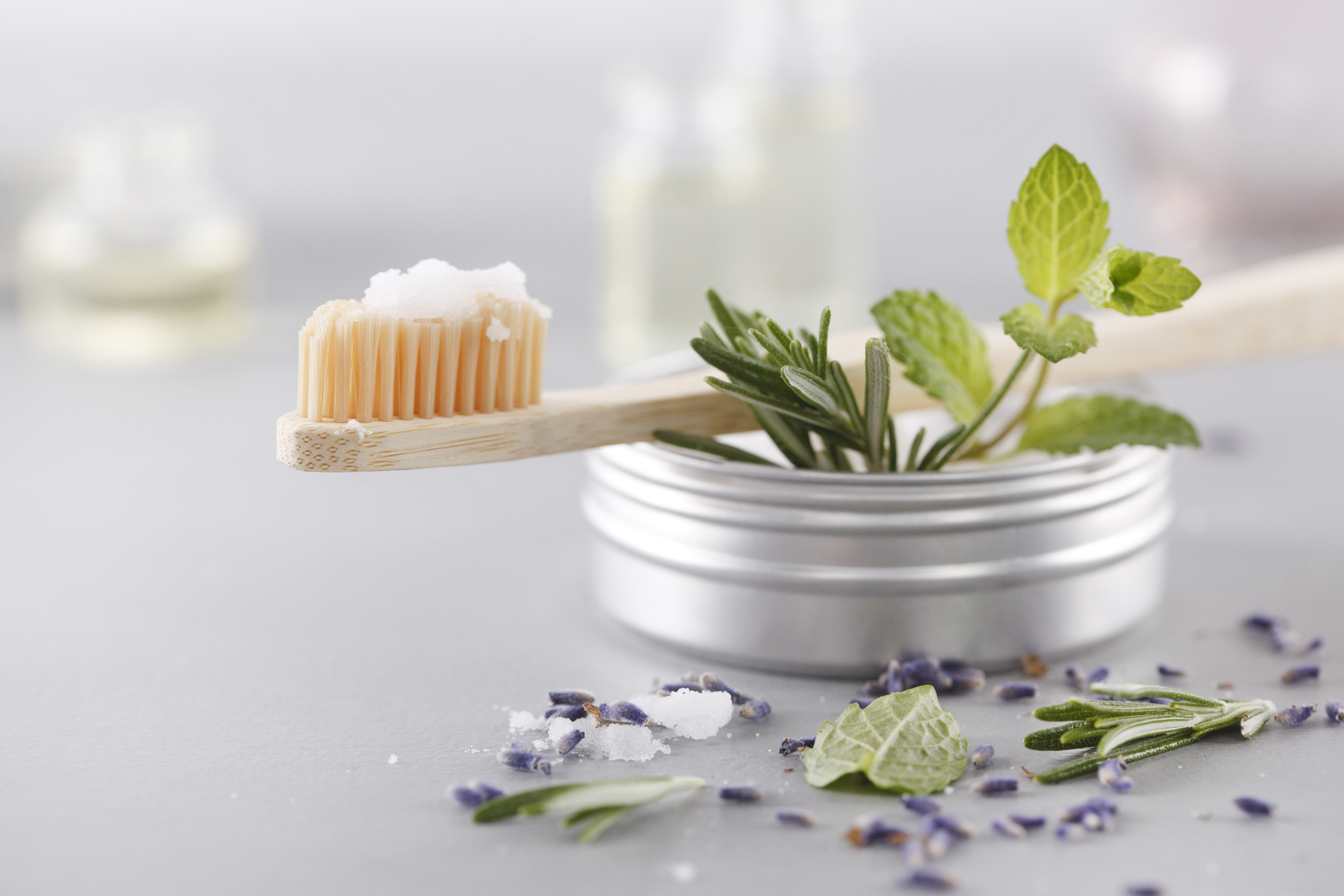Interdental Brushing
Effective cleaning between your teeth
Even with regular brushing, your toothbrush will only clean the front, back and biting surfaces of the teeth, so food and plaque can still build up in the gaps between your teeth. It is important to remove this regularly or it can start to irritate the gums and contribute to the development of gum disease, cavities or bad breath. We recommend you clean between your teeth once a day, either in the morning or evening.
Book an appointment



